
Book a Consultation
Thank you!
Your form has been sent successfully.

According to the National Cancer Institute, stomach cancer accounts for about 1.5% of new cancer cases diagnosed each year in the United States. Also known as gastric cancer, the disease develops when cells in the stomach proliferate. Stomach cancer can develop in any part of the stomach. It can grow into a mass (tumor) and penetrate deeper into the stomach walls if left untreated. The tumor can then spread to adjacent organs such as the liver and pancreas.
There are several types of stomach cancer, which are classified mostly by the location of the tumor. The mucosa, submucosa, muscularis propria, subserosa, and serosa are the five layers that make up the stomach. Any type of stomach cancer can start in any of the stomach's five layers, but the mucosa is the most common area that gets affected. The different types of stomach cancers are:
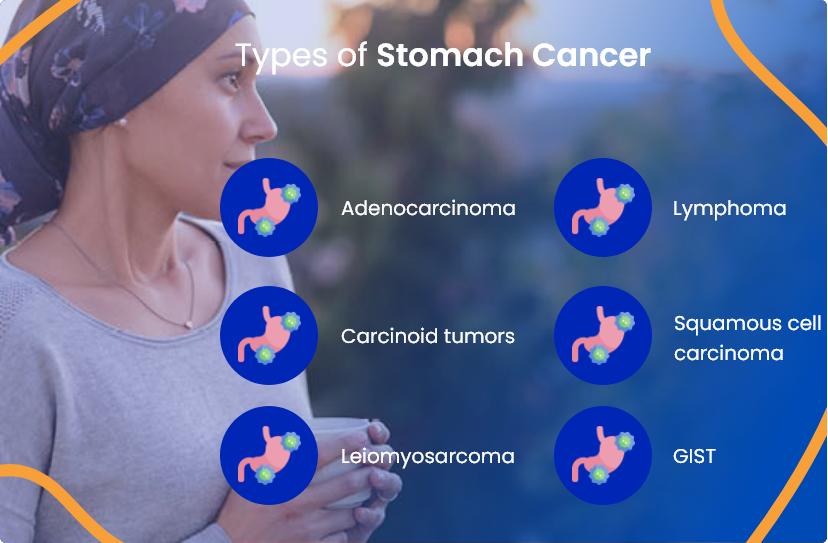
It starts in the mucosa and subsequently spreads to the other four layers.
It develops in the stomach's immune system tissues and rarely spreads.
They grow in the stomach's hormone-producing cells and rarely spread.
It is a type of cancer that develops in the skin-like cells that line the stomach.
It develops in the stomach's smooth muscle cells.
They begin in the Cajal interstitial cells, which are cells in the stomach wall.
Most of these symptoms mentioned below are more likely to be caused by issues other than stomach cancer, such as a viral infection or an ulcer. Other types of cancer may also cause the following similar symptoms :
 Appetite problems
Appetite problems
 Loss of weight (without trying)
Loss of weight (without trying)
 Stomach pain
Stomach pain
 Sudden abdominal pain, generally above the navel
Sudden abdominal pain, generally above the navel
 The feeling of a full stomach after only a small meal
The feeling of a full stomach after only a small meal
 Indigestion or heartburn
Indigestion or heartburn
 Nausea
Nausea
 Vomiting, with or without blood
Vomiting, with or without blood
 Swelling or a build-up of fluid in the abdomen
Swelling or a build-up of fluid in the abdomen
 Stool with blood in it
Stool with blood in it
Stomach cancer is treated differently depending on where the cancer is located in the stomach and how far it has grown. Other factors, such as an individual's age, overall health, and preferences, can also play a role in its development and growth.
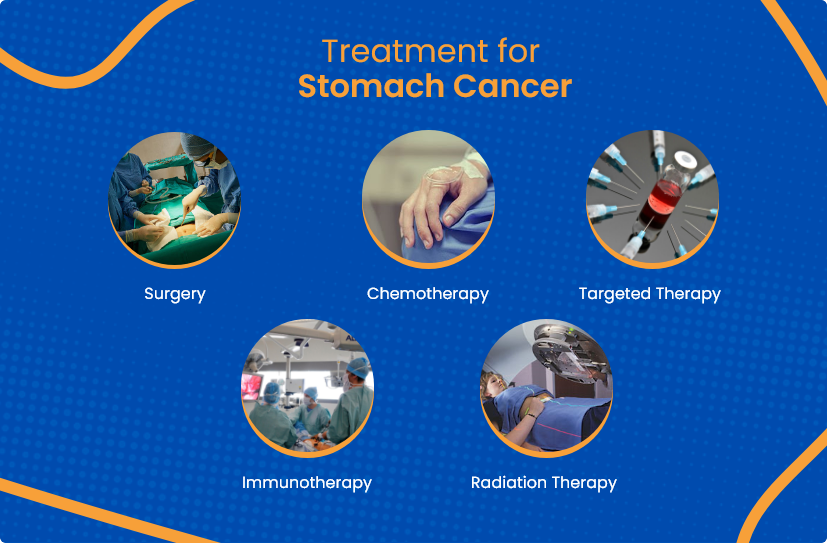
Surgery involves the removal of the tumor and some surrounding healthy tissue during an operation. The type of surgery is recommended based on the stage of stomach cancer diagnosed.
Chemotherapy involves the use of drugs to destroy abnormal cells, keeping the affected cells from growing, dividing, and making more cells. A chemotherapy regimen, or schedule, usually consists of a specific number of cycles administered over a set period of time.
Targeted Therapy is a type of treatment that focuses on cancer's unique genes, proteins, or tissue environment, all of which contribute to cancer's growth and survival. This sort of treatment stops cancer cells from growing and spreading while protecting healthy cells.
Immunotherapy, also known as biologic therapy, is a type of cancer treatment that works by boosting the body's natural defenses. It improves, targets, or restores immune system function by using materials created by the body or in a laboratory.
Adenocarcinoma of the stomach and lymphoma of the stomach can both be treated with radiation. Radiation therapy may help eradicate the affected cells that remain after stomach cancer surgery, relieve discomfort and reduce bleeding, or decrease tumors that are obstructing the digestive system.
To identify, diagnose, and stage stomach cancer, a variety of tests and exams are available. To begin, your doctor may inquire about your personal and family medical history, as well as any symptoms you're having. The doctor will also assess any risk factors that could increase your chances of developing stomach cancer.
The following tests, in addition to a physical examination, may be used to diagnose stomach cancer:
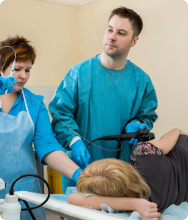
A biopsy is a procedure in which a small piece of infected tissue is removed and examined under a microscope.
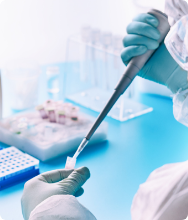
Your doctor may suggest that laboratory tests be performed on a tumor sample to discover specific genes, proteins, and other variables that are specific to the tumor. The results of these tests can assist you in deciding on your treatment options.

An endoscopy is a procedure that allows a doctor to view the body using a gastroscope or endoscope, which is a thin, light, flexible tube. The tube is passed into the stomach and small bowel through the mouth, down the esophagus, and into the stomach for a detailed evaluation.

An x-ray uses a small amount of radiation to provide an image of the structures inside the stomach.
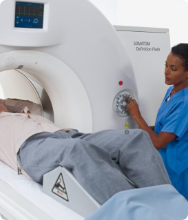
A CT scan uses x-rays captured from various angles to create images of the inside of the body. These images are combined by a computer into detailed, three-dimensional images that reveal any anomalies or malignancies.
At ACTC, our patients have access to a multispecialty team of physicians who collaborate and coordinate to deliver all aspects of cancer care in a single convenient location. Our doctors are backed up by clinical staff with more than two decades of experience and a track record of providing personalized and supportive cancer care.
The following are our providers who you can consult at ACTC:

MD, Hematology & Oncology

MD, Ph.D., Hematology/ Medical Oncology

MD, Radiation Oncologist

Finding a care team you can trust and believe in is essential. The world of cancer treatment is always changing, with new breakthroughs and discoveries modifying treatment plans. It's critical to determine which therapy options are best for you. It's also possible to feel helpless. That's why it's so important to seek out cancer specialists that are both qualified and experienced. Our integrated, comprehensive cancer care is provided by a team of physicians and other cancer experts working together under one roof and encompassing everything from cutting-edge cancer treatments to supportive therapies and protocols that manage side effects.
Schedule a consultation by calling
 352-345-4565
352-345-4565
Stomach cancer signs and symptoms can include discomfort in the belly, loss of appetite, and unexplained weight loss.
Stomach cancer most commonly begins in the cells that line the inside of the stomach.
Stomach cancer is slow-growing cancer that usually develops over a year or longer.
Schedule a consultation by calling
 352-345-4565
352-345-4565